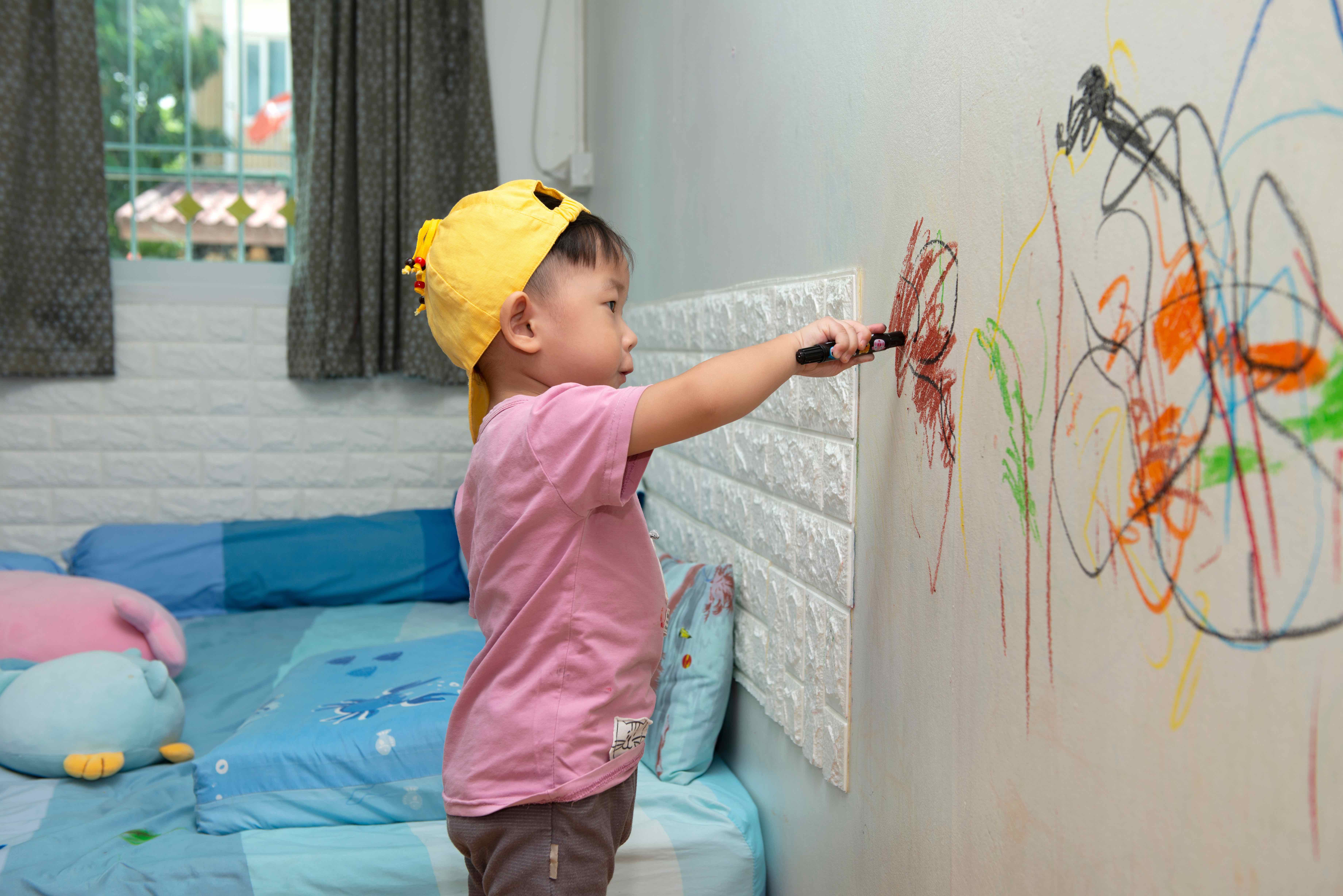
Are you constantly cleaning crayon marks off your walls or scrubbing marker stains from your furniture? You’re not alone. Many parents face the struggle of keeping their homes clean while fostering their children’s creativity. Or maybe you don’t know what art supplies you should keep around your child to support creative art making. Many parents write to me with this frustration, so you’re not alone. I want to share how you can stop your child from drawing all over your walls and support their creativity. Plus, I want to share how to get the right art supplies that will be easy to wash in case your little artist gets to an unwanted surface.
Damage From Drawing On Walls
As a homeschool mom and art teacher, I am well aware of the damage art materials can cause if you are not careful. I have a reading chair that has been my favorite comfy spot for years. Unfortunately, my kids managed to get black paint on the armrest, right where it’s visible to everyone. I now have to cover this chair when guests come over, and it has been an eyesore for years. It was quite pricey when I picked it out at the furniture store… frustrating!

The store owner assured me that it was washable material and perfect for me as I had an infant and toddler at that time. However, to my dismay, it turned out that it’s not washable when it comes to acrylic paint and black Sharpie marker. Therefore, I understand that drawing on walls and furniture can result in permanent damage, leading to costly repairs or the need for repainting. It’s not just about aesthetics but also about maintaining a livable, clean home.
Frustration and Stress by Wall Drawings
Dealing with this repetitive behavior can be incredibly frustrating. Perhaps you have told your child countless times, yet the doodles keep appearing! Well, I have some great mom/art teacher advice you can implement to stay ahead of your little Picasso. Switching to washable supplies and creating designated art-friendly spaces can be beneficial.
Another concern is that cleaning walls is very energy-draining! As a busy parent, having to add scrubbing walls to your to-do list can be exhausting. Additionally, the stress of wanting your child to develop their creative and fine motor skills without compromising the integrity of your home can be overwhelming. Cleaning wall drawings is time-consuming and adds to your already extensive list of responsibilities.
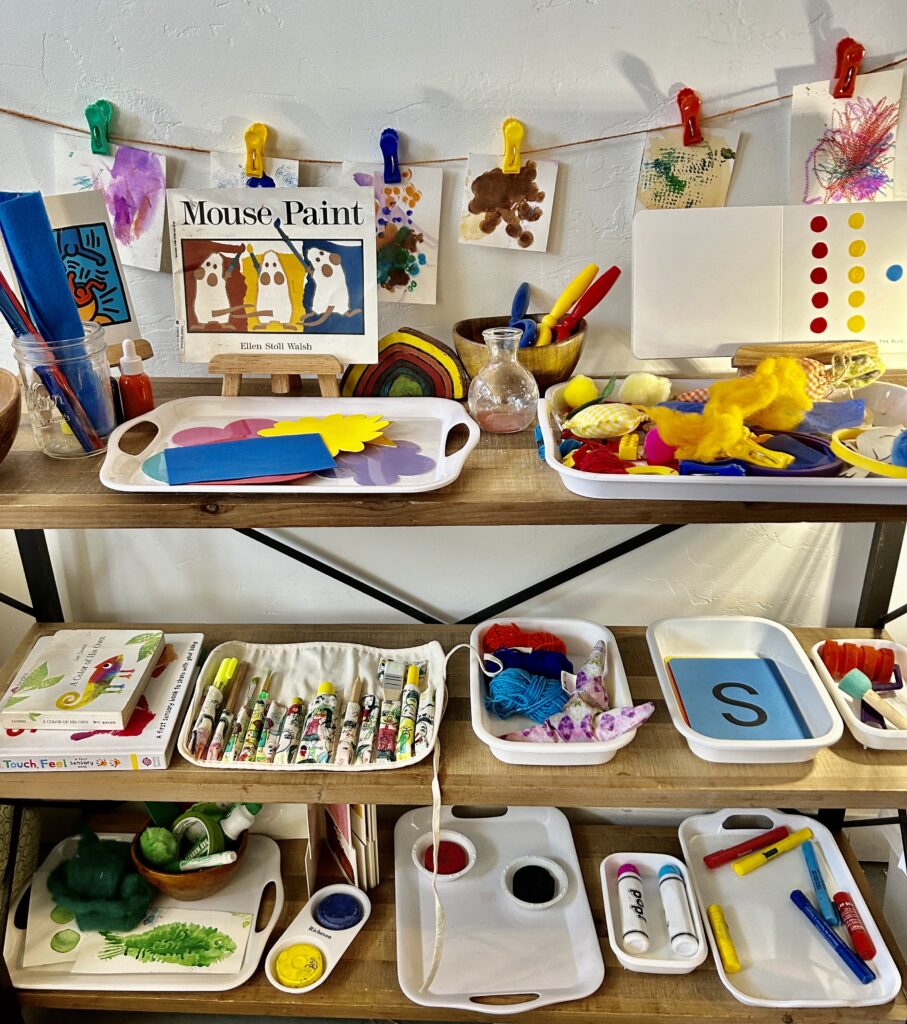
Concerns About Drawing Supply Safety
One important reason to stay ahead of your child is to ensure safety measures are in place. Some drawing materials may contain chemicals or pose choking hazards, raising valid safety concerns. Therefore, acquiring the right supplies for the household and relocating any harmful items out of their reach is important for maintaining a safe environment.
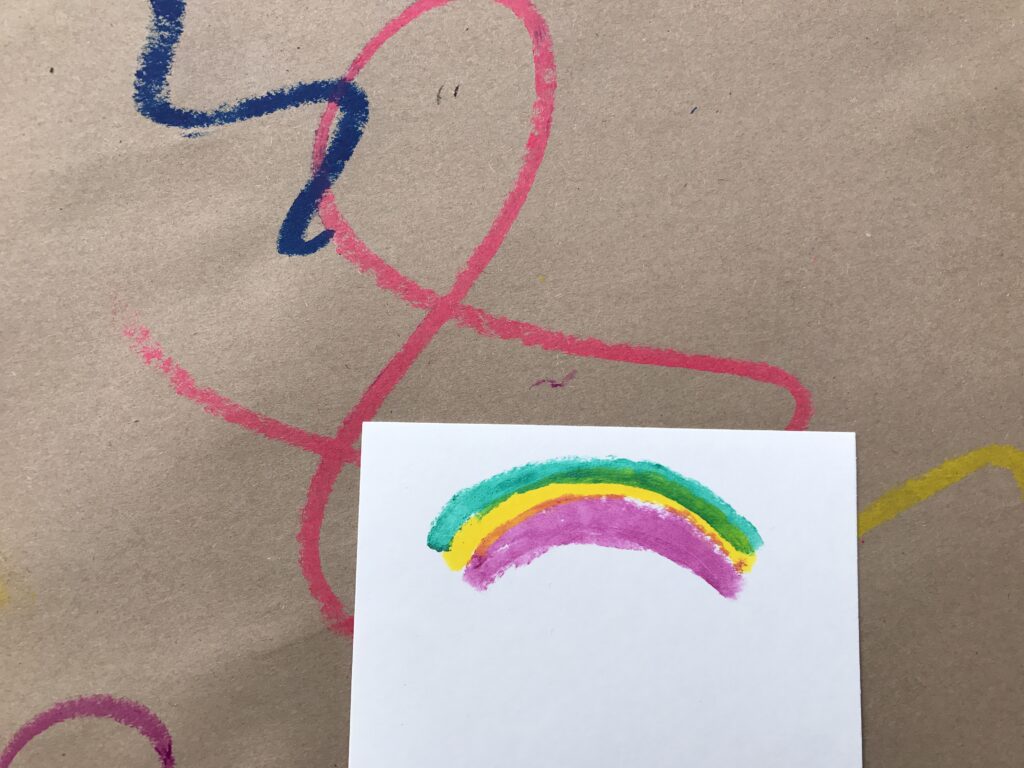
Conflict & Art Discipline
Balancing discipline with nurturing creativity can be tricky and may lead to conflicts. If you struggle with establishing boundaries, art time guidelines, and expectations, you might find yourself unintentionally saying things you regret when stressed or frustrated, especially when you see your furniture damaged. I recall reacting negatively to my couch being ruined and later regretting it. Ultimately, realizing that failing to set clear expectations for my children’s material use was my own responsibility, I acknowledge that I was the one at fault.
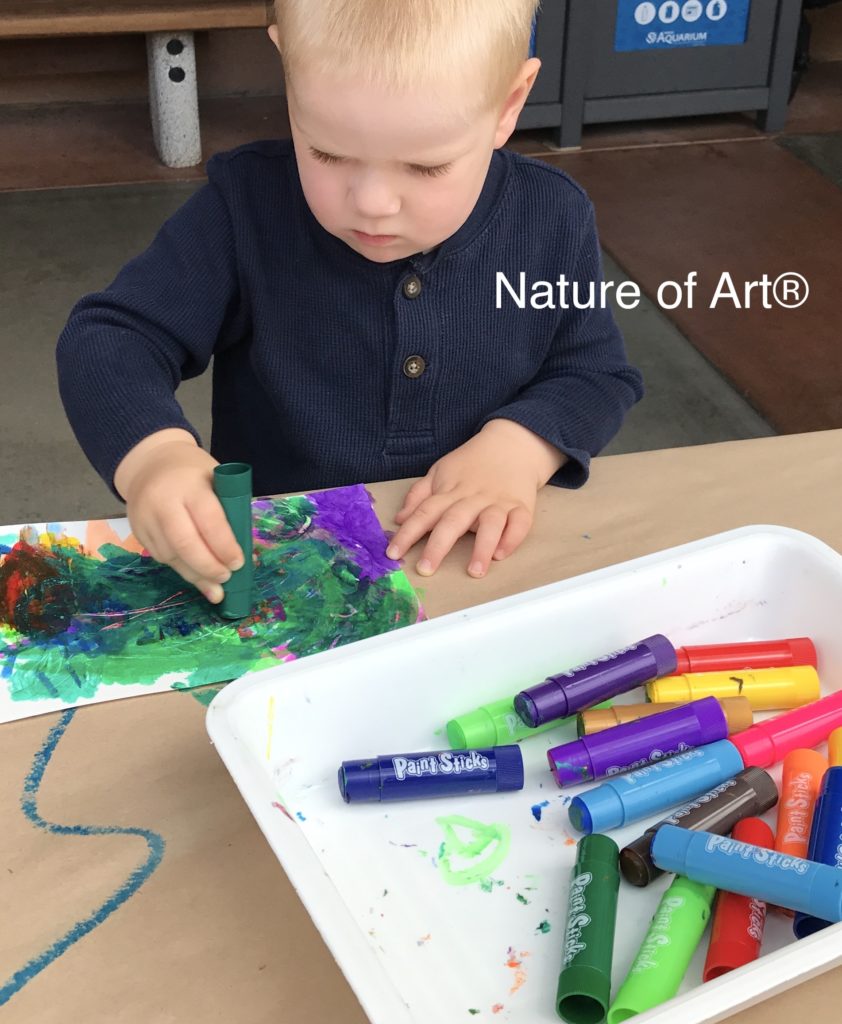
Designate A Drawing – Art Space
Create a designated art space where your child is encouraged to draw or paint freely. Sometimes, our children grow up so fast that we overlook the need for an art space. We have designated play spaces both indoors and outdoors. We have a designated area for them to eat messy food, but we might have forgotten to create a space for arts and crafts. Art and craft activities are definitely messy, so it may be time to establish an art space specifically for such activities. This could be a small art corner in the house or a large chalk or whiteboard that spans a wall. Consider making this the designated area for the art supplies they are allowed to use.
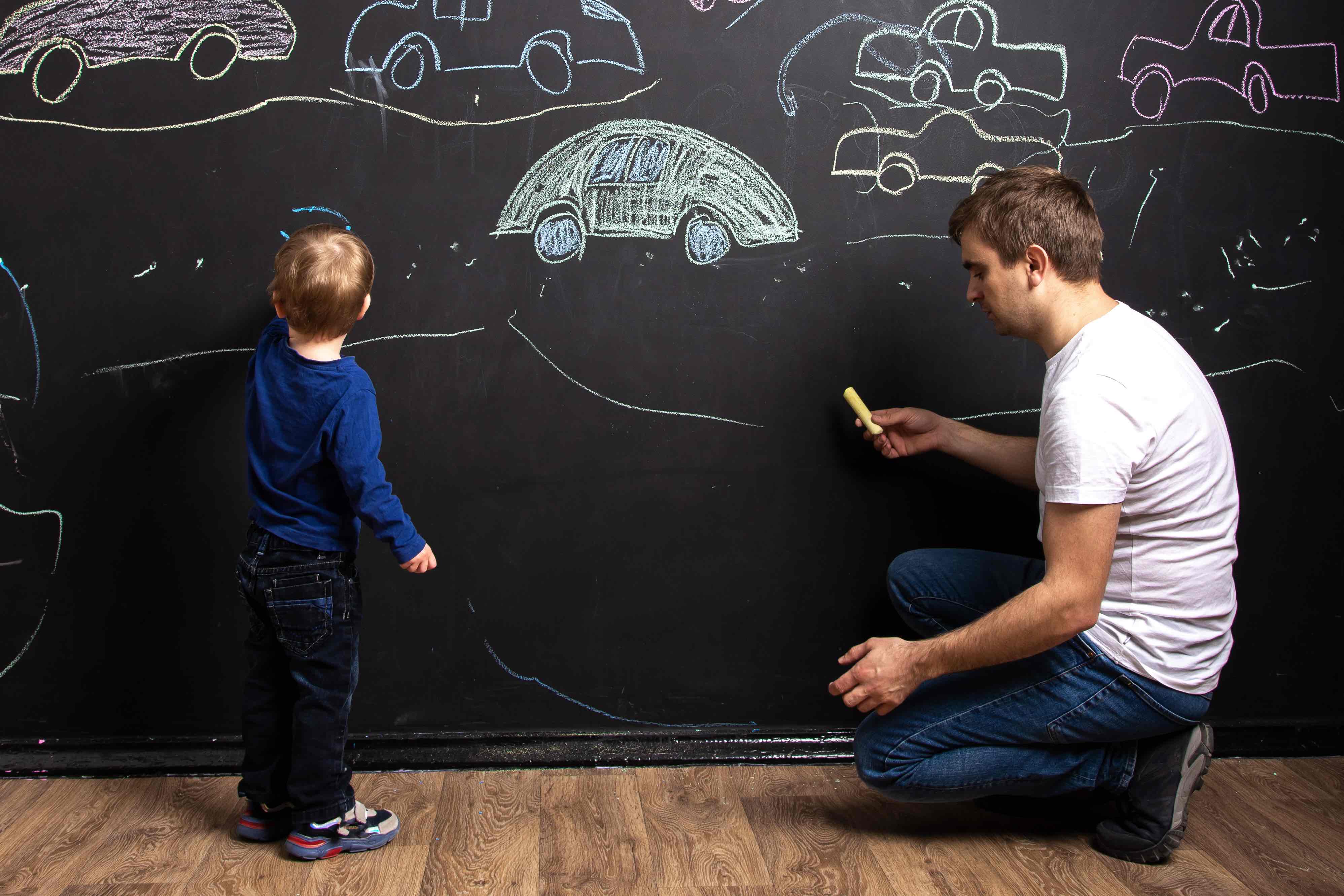
Adult Supplies vs. Children’s Art Supplies
Before delving into purchasing art supplies for kids, let’s clarify the distinctions between drawing and painting materials and why children are drawn to the materials around the house. Generally, adults have specific materials for tasks like writing on boxes, paper, or engaging in hobbies or house painting. These art supplies are intended for everyday use. However, with young children present, these items need to be moved out of reach and placed where children cannot access them easily—similar to how you store cleaning products. You may have to stow away your pens, markers, and hobby art supplies in a bin until your child reaches an age where they can understand your rules regarding their use within the house. During early childhood, it’s important to make these items hard for children to access.
Secure Drawing Supply Storage
Here are a few tips to keep young artists away from adult permanent pens and markers. Store your pens and markers out of reach of curious hands. Place them high or in a drawer that is child-proof. Utilize child-proof containers with secure lids to prevent accidental access. Consider labeling them clearly in case someone is babysitting your kids—not for child use. Ensure caregivers and family members are aware to keep these items away from children and to supervise toddlers closely. Make a note of where the children’s supplies are located and where they are permitted to use them.
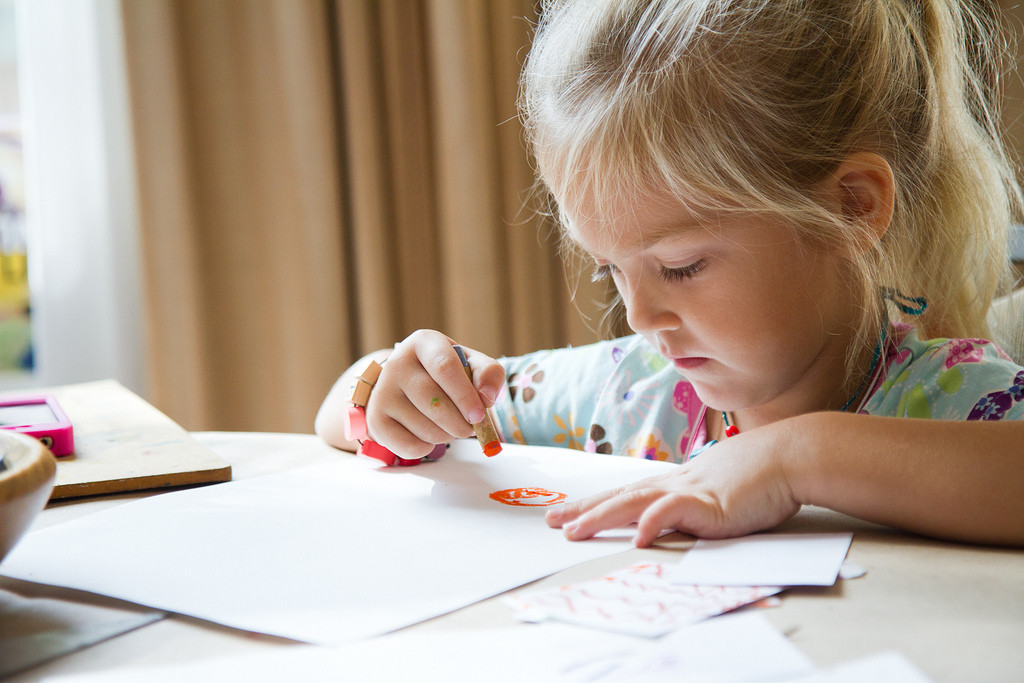
For older children and teens who may have these items around the house, establish rules and expectations. Inform them that their younger siblings could potentially access their belongings and enlist their help in keeping everything in a safe zone. I recall a homeschool mom friend sharing a story about how she and her older daughters left tie-dye materials on a table, only for her three-year-old to pour them across the living room carpet. They thought they could leave it there temporarily, but unfortunately, the carpet got ruined, leading to significant expenses for renting a steam cleaner to repair the carpet in their rented home.
I reminded her that if she had been tie-dyeing in front of her child, it might have appeared colorful and fun, prompting the little one to want to try it too. Ensure you engage in art activities with your child or do them when they are not present to avoid sparking their curiosity. Many parents have shared instances where they were working on an art project and their young child took the initiative to join in when no one was watching. It’s a common occurrence—kids are naturally curious.
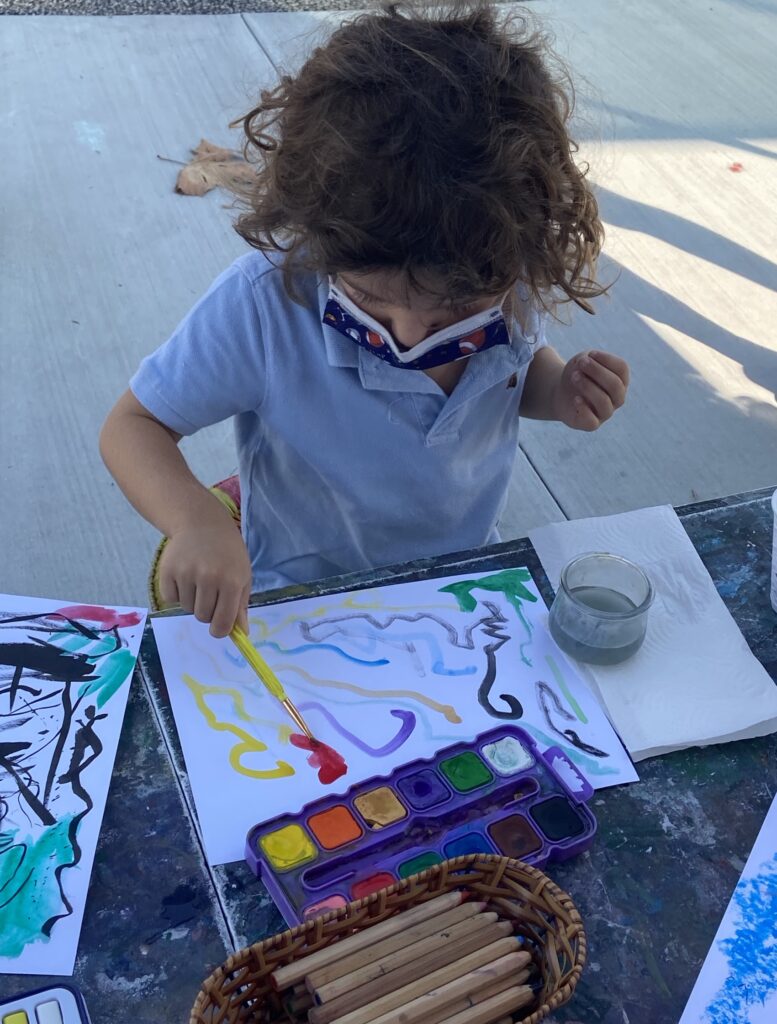
Buy Only Washable Art Supplies
Instead of constantly saying “no,” create a space where your child can express themselves. Use washable paints and markers so that any mess can be easily cleaned up. Children’s drawing supplies on the market today are washable for this reason. Invest in washable art supplies that can be easily cleaned or washed out. Some great options include:
- Washable Markers: Designed to wash out of most fabrics and surfaces with water and mild soap.
- Watercolor Paints: Non-toxic and easy to clean up with water.
- Washable Chalk: Pigments that don’t stain
- Washable Crayons: Can be removed from surfaces with water and gentle scrubbing.
- Washable Finger paints: Washes out with soap and water
- Washable Glue: Easily cleaned up with water, preventing any long-lasting stickiness.
Having an art bin just for kids that has safe, non-toxic, washable art supplies is a great way to prevent your house from being ruined by accidents.
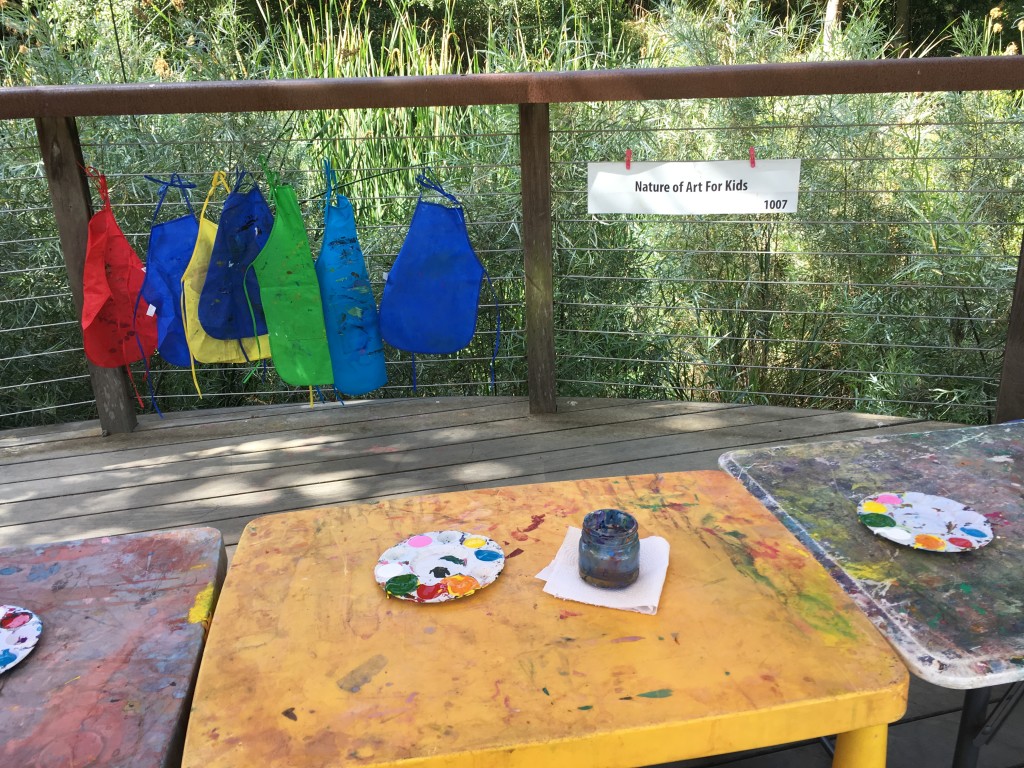
Redirect To the Art Space
When you catch your child drawing where they shouldn’t, gently redirect them to their designated art space. Consistency is key here. Now my personal advice is to be very strict on this matter. I would quickly put the drawing materials away once your child’s attention is on something else. I would ask them, “Are you done with art? I’m going to put your art supplies back where they belong.” Because if you don’t put them back and that child finds them later while you’re busy cooking or cleaning in another room, guess what’s going to happen. Now, I learned this the hard way. So after all those mishaps, I quickly remind young kids that these materials go back into the drawing bins if they are playing with another toy. If they want them again, I will set them back up.
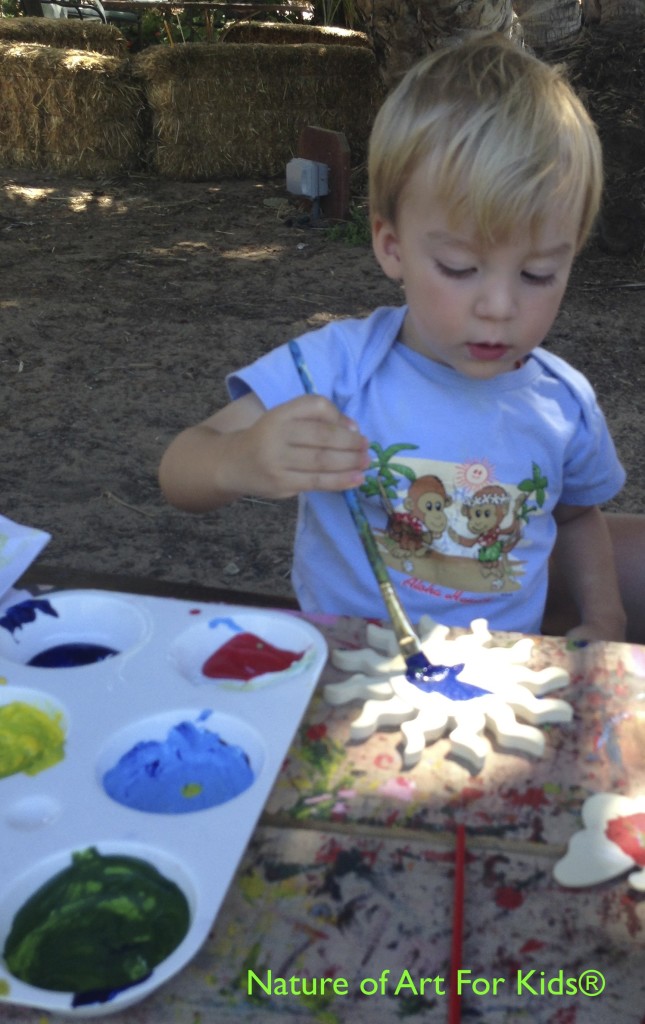
Reminding Children to Clean Up
I had to remind my own children as they got older, especially when their friends came over to play. That everyone can paint and draw, but once they were done, all the materials have to go back in their place. I also reminded them, their friends, and siblings where they could use the art materials. If there was any misuse, I would let them know it was time to put them away and go play outside or do something else. The rule here is to remain consistent and never let up. As my children grew up, they always knew where they could engage in artistic activities. From toddlerhood to preschool age, art always had a time limit in a special place.
Therefore, if you set up your child to draw and they move to another room, you need to remind them they can only use the materials in that room. If you have a child who gets upset, you can say, “Okay, you can use these, but only in the art space.” This process may take time, but redirecting back to the art space will eventually make sense. If you are concerned about being too stern, remember that preparing your child for school means they will need to learn to compromise and follow the rules and guidance of the classroom.
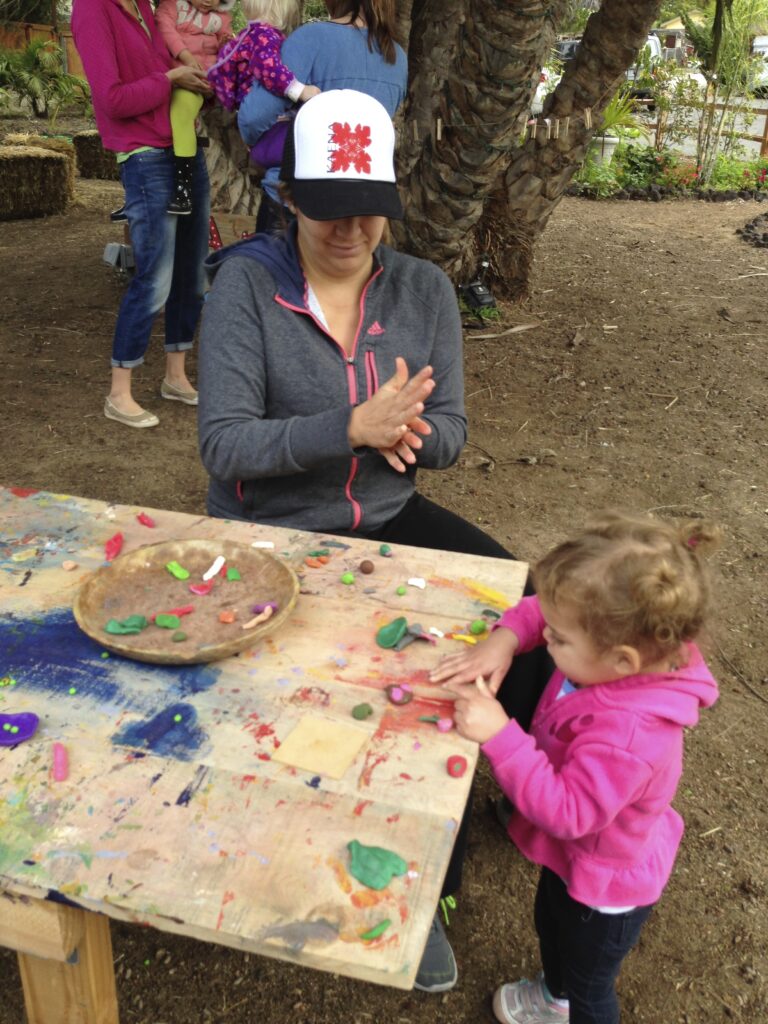
Create Time for Art
You can also schedule in art play, where you bring out the drawing and painting materials in the art space you created with a time limit, and let the children know after two hours the drawing and painting materials go back in their bins. By scheduling this playtime, you can regulate and be present while they play. It’s almost like going outside and playing and using all the toys meant for outside, like balls, rolling toys, and bikes. It’s the same for art supplies; they have their play space they can be used in.
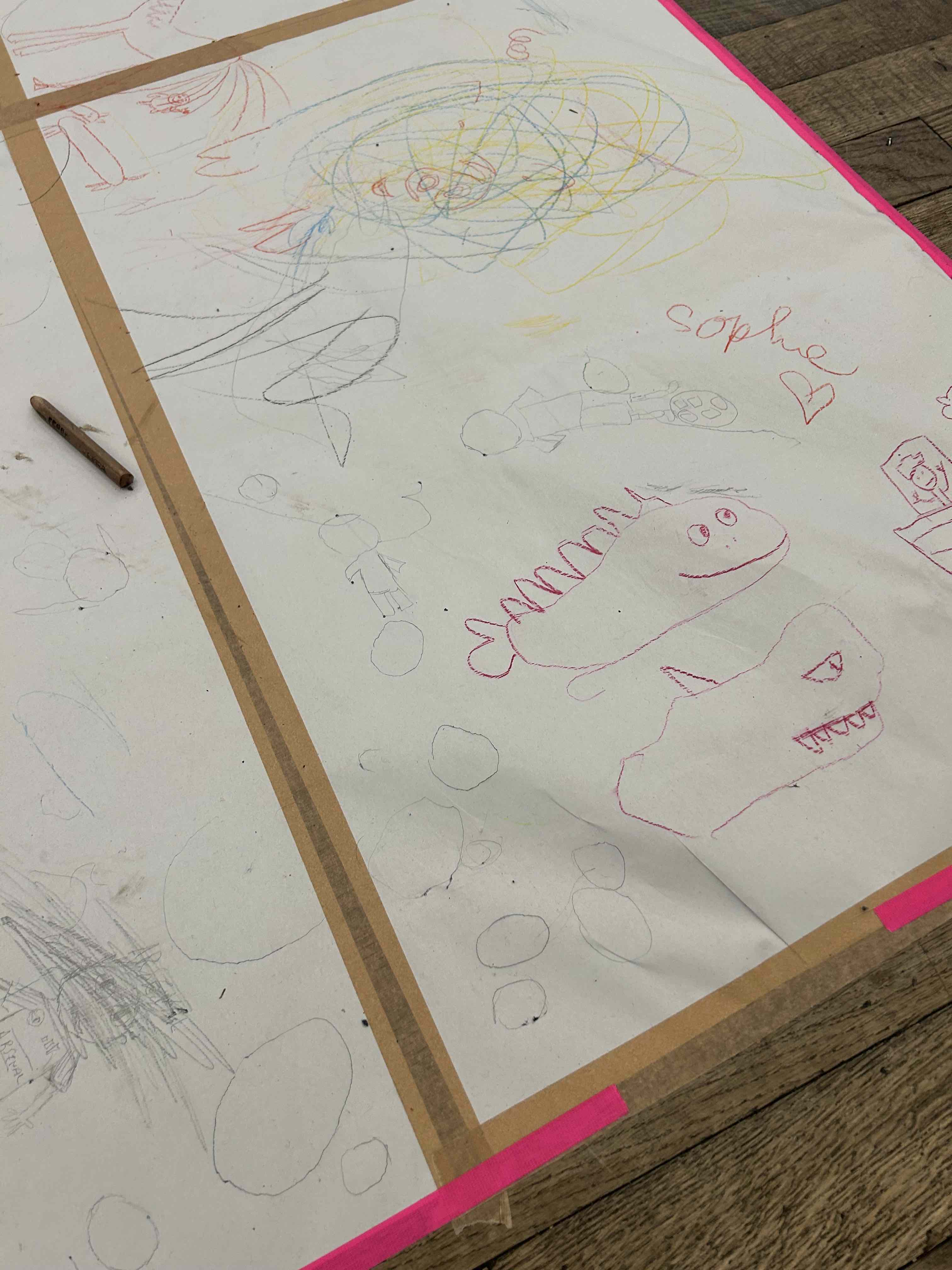
Create Large Surfaces to Draw On
Create large surfaces to draw on. When children are learning to draw and make scribbles, they need to make broad arm movements. You can support this by setting up an upright surface such as a chalkboard, large cardboard boxes, or a whiteboard. Alternatively, you can lay down large pieces of paper on a low table for them to scribble on. Another option is to tape a large sheet of paper onto the floor. As they mature and begin drawing more controlled lines, you can introduce small baskets of papers for them to work on.
Consider repurposing junk mail, using the back of poorly printed paper, or purchasing inexpensive drawing paper that can be cut into small squares for lots of drawing. Toddlers and preschoolers do great working on large surfaces, while kindergarteners and older children can refine their marks and skills on smaller pieces of paper.
Create A Outdoor Washable Art Space
An outdoor art space serves as a perfect alternative for parents who prefer to avoid messes inside the house. By establishing a washable outdoor art space, parents can provide a designated area for their child to freely express themselves without the worry of creating a permanent mess indoors. Using washable paints and markers in this outdoor setting ensures that any artistic creations can be easily cleaned up, promoting a stress-free and creative environment for both the child and the parent.
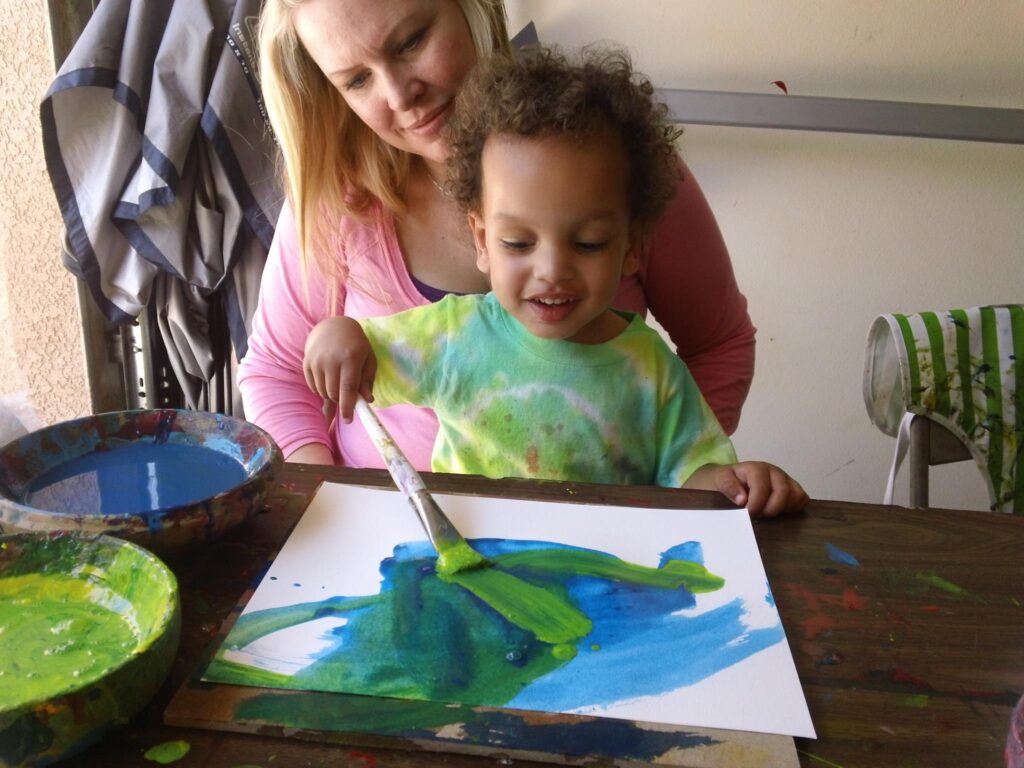
Sign Your Child up for Art Classes
Many of my customers in my toddler art classes come from parents who do not want the mess in their house. This is a great way to ensure your child is being exposed to the arts. There’s no shame in wanting someone else to do messy art projects with your child. The most important thing is you want your child to engage in art and allow them to express creativity and use their wild imagination.
So why not find an art activity outside of the home? I meet many parents who feel guilty about not providing art opportunities for their child, and I always recommend they sign their children up for art and craft classes. This offers the best of both worlds. My summer art camps are filled with happy parents and kids!

Final Tips To Stop Children From Drawing On Walls
- Supervise and Redirect: Monitor your child’s drawing activities and gently guide them back to appropriate surfaces if they start drawing on unwanted areas.
- Store Art Supplies Away: Keep art supplies stored out of reach when not in use to prevent unauthorized drawing on walls or furniture.
- Involve in Cleanup: Engage your child in cleaning up any wall drawings, teaching them the importance of accountability for their actions.
- Educate on Consequences: Discuss the repercussions of drawing on walls, highlighting potential property damage or loss of privileges to instill a sense of responsibility.
- Encourage Creativity: Foster and support your child’s creative endeavors by providing suitable outlets and materials for artistic expression.
If you want to learn more, check out my art teaching books. They are all designed for parents and teachers who are just starting to teach art. Easy to read, follow, and learn about art literacy.
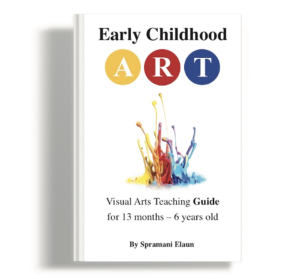
All rights reserved © 2025, Nature of Art®

No part of this blog may be used or be reproduced in any manner whatsoever including reproducing, publishing, performing, and making any adaptions of the work – including translation into another foreign language without written permission except in the case of brief quotations embodied in critical articles and reviews. Nature of Art® Publishing P.O. Box 443 Solana Beach, California 92075.

